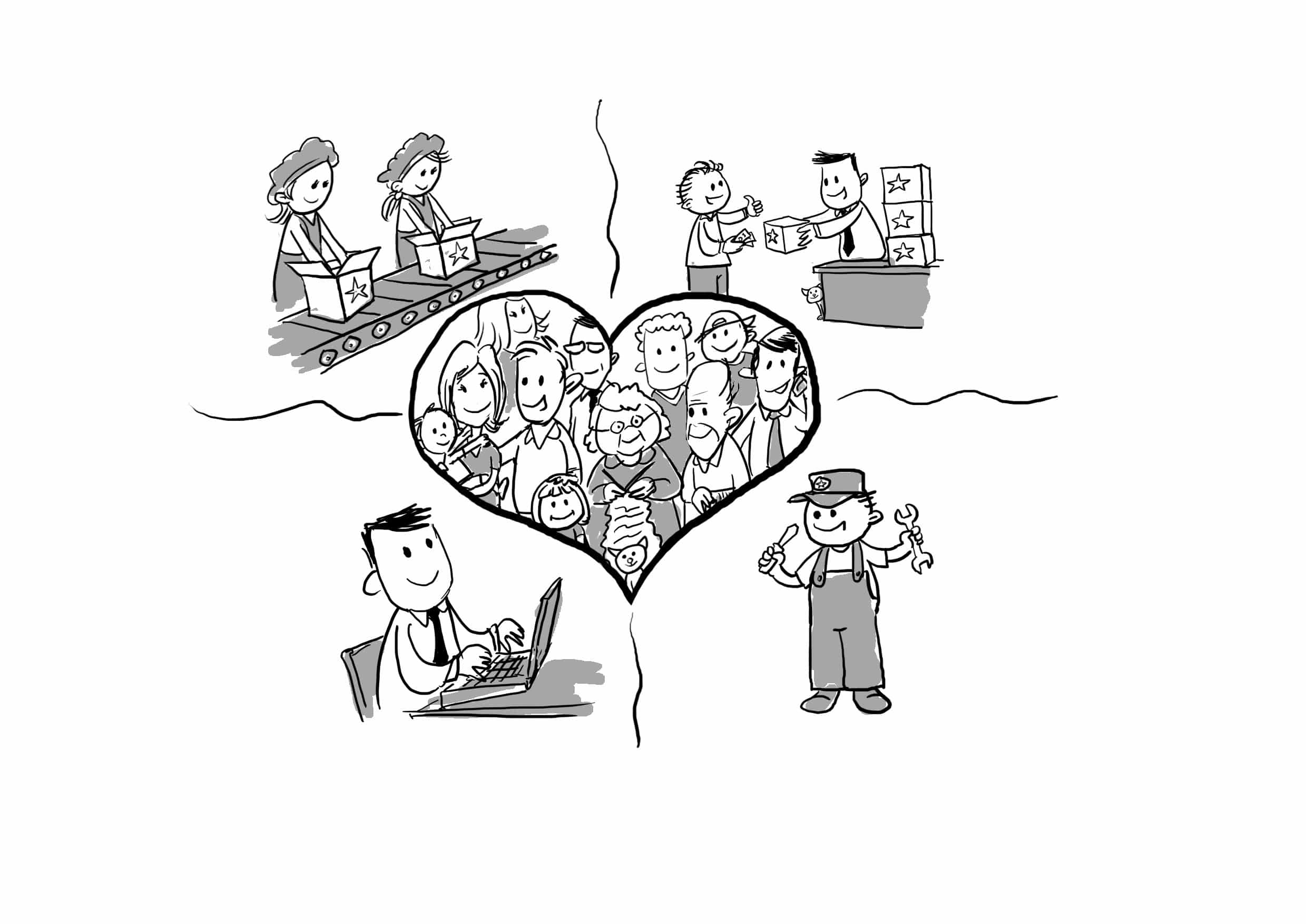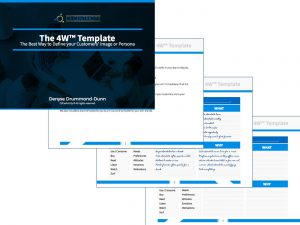Marketing is an old profession. It’s been around for hundreds of years in one form or another. But with the advent of digital in the early 80’s, companies began taking a serious look at their marketing strategies.
Many organisations realised that it was time for a major overhaul of their primarily outbound strategies. Consumers no longer appreciated being interrupted in their daily lives, if they ever did! Marketing had to find ways to stimulate more inbound engagements, but how?
However, after trying multiple inbound marketing strategies, they find that they are still irritating their customers with spammy emails, intrusive pop-ups and over-complicated cookies, that gather far more information than most organisations will ever need or use. At least those will soon be a thing of the past!
Despite these changes, CMOs remain one of the leading c-suite members who struggle to keep their jobs for more than four or five years. The reasons are many, but the post “Head of Marketing, How Can You Keep Your Job When Most CMOs Are Losing Theirs?” explains what you can do to ensure that you leave your position when you want to and not on your CEO’s terms.
Brand Building
Many large CPG companies, such as P&G, Coca-Cola and Nestle, have changed the name of their Marketing departments in the past twenty years, to Brand Building. They hoped that it would revive sales and give new vitality to their communications to better engage their customers in the new social world. But most failed miserably, because they remained very much in a state of business as usual. They continued with the same processes and mind-sets. And with few exceptions, they prioritised thoughts about themselves and their brands, and rarely took their customers’ perspective.
A more recent change is bringing more marketing tasks in-house, as P&G has done. Read more here. While this certainly saves a considerable part of their budget, the biggest advantage from my perspective, is that these companies automatically learn more about their customers’ behaviour. When you are planning communication campaigns and deciding on ad spend, you need to understand where your customers are and when they are most open to receiving your messages. That for me is far more valuable than any savings on agency costs. What do you think?
Even without making such a drastic move, many other consumer goods companies have realised that to satisfy the consumer they had to do things differently. They were the ones that moved to customer centricity. Or to be exact they started on their journey towards putting the customer at the heart of their businesses. Customer centricity is not a destination, because consumers are constantly changing and their satisfaction never lasts for long. It is a journey where you are accompanying your customers with the aim to satisfy and delight them, however they change.
One of the issues that has been created by marketing is that I believe we have taught our customers far too well! They understand a lot more about … Click to continue reading


 The first “P” stands for people and often this is taken to be “Do you know to whom you are selling?” The answer is always yes and that’s accepted as sufficient.
The first “P” stands for people and often this is taken to be “Do you know to whom you are selling?” The answer is always yes and that’s accepted as sufficient.

